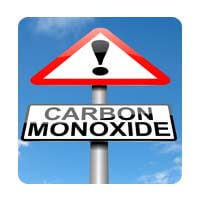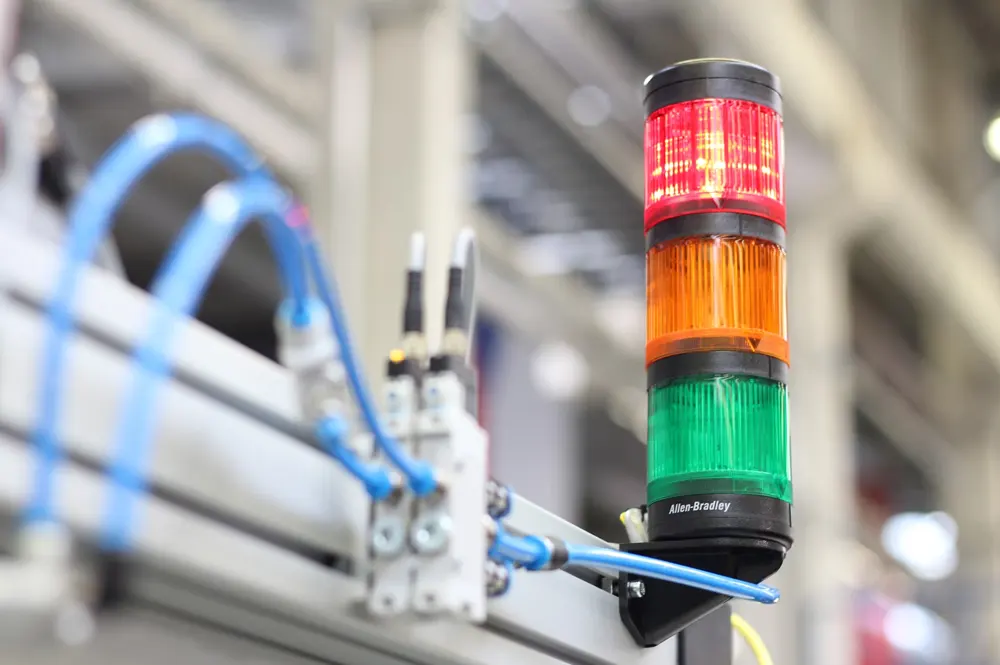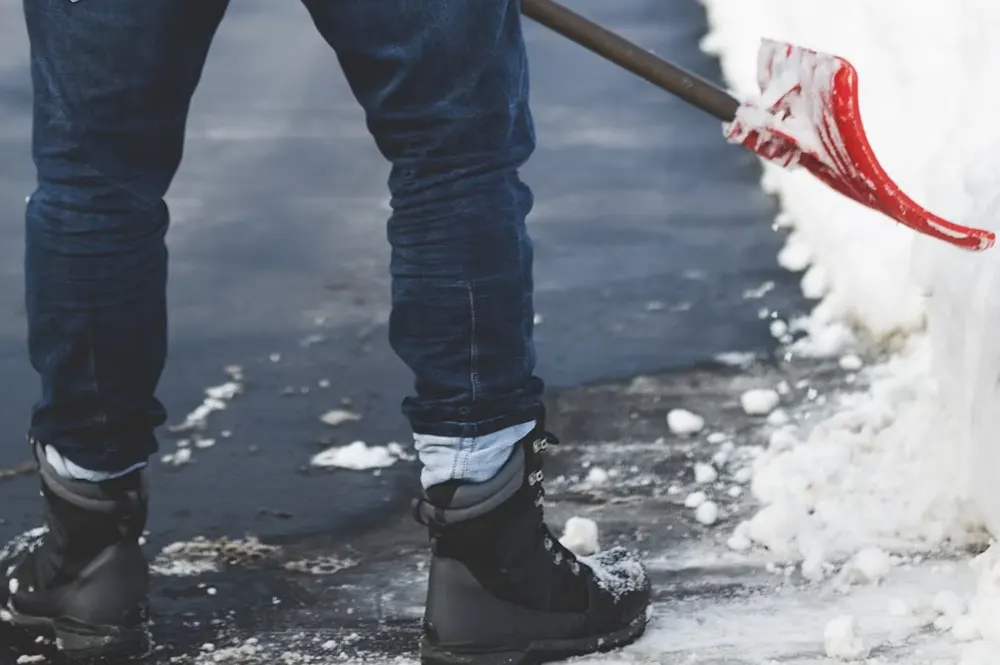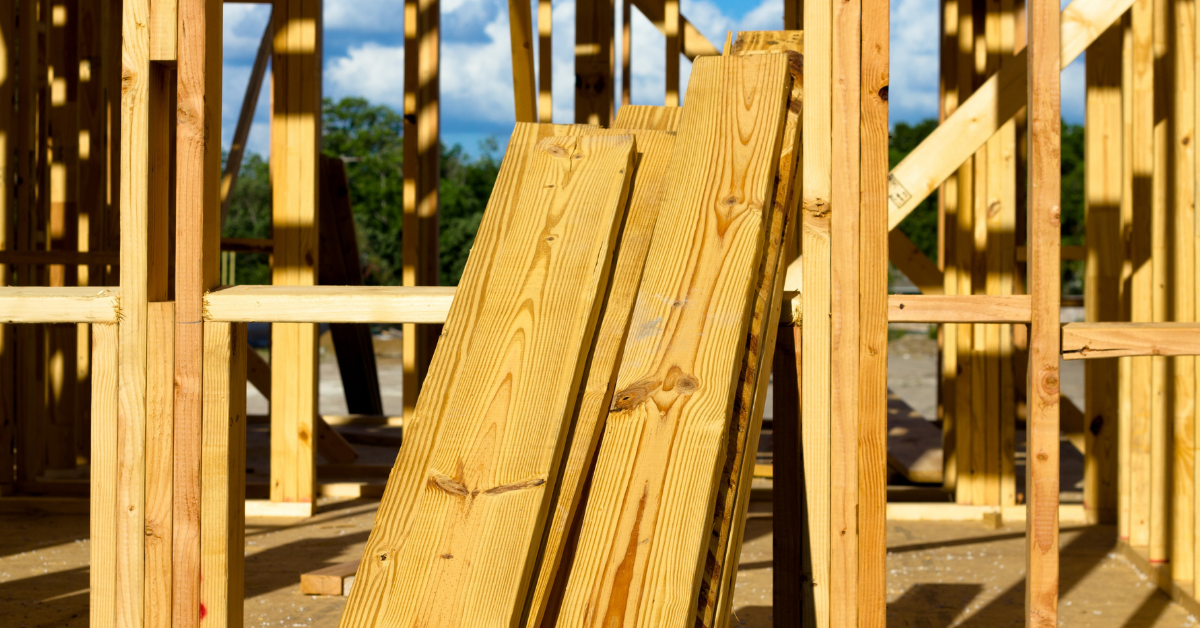With winter weather affecting us all in our attempts to remain comfortable, it’s also the time of year which presents the greatest risk for an invisible threat. Carbon monoxide is an odorless, colorless, invisible gas that results when certain fuels do not burn completely. And it can be deadly. That’s why it’s important to know how to prevent it, detect it, and protect yourself and your family from its effects. In the home, carbon monoxide is most commonly formed by flames and heaters, as well as vehicles or generators that are running in an attached garage. As temperatures drop and more people are cranking the heat and hovering over the stove inside and warming up the car’s engine before hitting the road, it’s especially critical to ensure your family’s safety against this lethal gas. Since carbon monoxide cannot be detected without a carbon monoxide detection device, it is essential to install and maintain one or more detectors in your home.
Detector Tips For Safeguarding Your Household
- The International Association of Fire Chiefs recommends a carbon monoxide detector on every floor of your home, including the basement. A detector should be located within 10 feet of each bedroom door, and there should be one near or over any attached garage.
- Each detector should be replaced every five to six years.
- Battery-only carbon monoxide detectors tend to go through batteries more frequently than expected. Plug-in detectors with a battery backup (for use if power is interrupted) provide less battery-changing maintenance.
- Thoroughly read the installation manual that comes with the individual detector you purchase. Manufacturers’ recommendations differ to a certain degree based on research conducted with detectors for specific brands.
- Remember that carbon monoxide detectors do not serve as smoke detectors and vice versa. You can, however, purchase a dual smoke/carbon monoxide detector that can perform both functions.
- Do not install carbon monoxide detectors next to fuel-burning appliances, as these appliances may emit a small amount of carbon monoxide upon startup.
In Case Of Exposure We hope you never have to use the following tips from the Mayo Clinic, but please read on for good information that could help save a life. If you suspect that you or someone you know has been exposed to carbon monoxide, check for the following symptoms:
- Dull Headache
- Weakness
- Dizziness
- Nausea
- Vomiting
- Shortness of Breath
- confusion
- Loss of Consciousness
If any of the symptoms exist, move the individual into fresh air and seek emergency medical care immediately.








